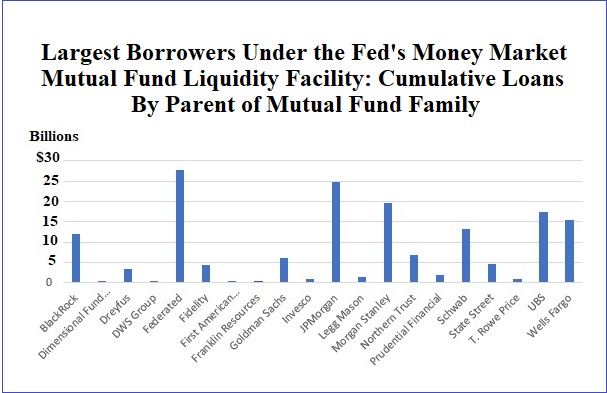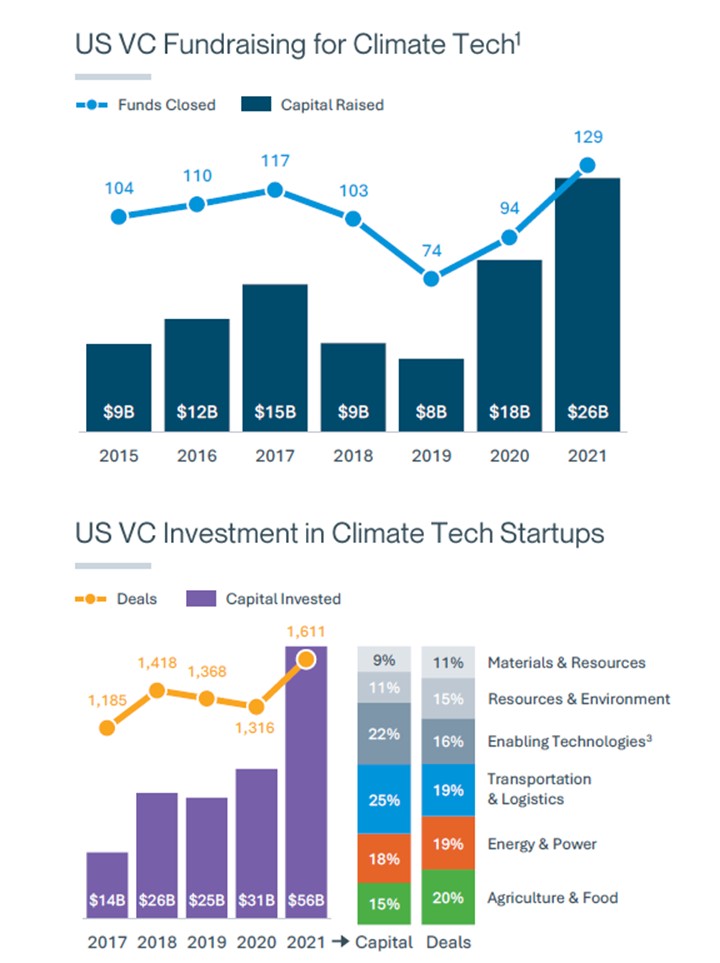From Tablet Magazine, March 28:
Prologue: The Information War
In 1950, Sen. Joseph McCarthy claimed that he had proof of a communist spy ring operating inside the government. Overnight, the explosive accusations blew up in the national press, but the details kept changing. Initially, McCarthy said he had a list with the names of 205 communists in the State Department; the next day he revised it to 57. Since he kept the list a secret, the inconsistencies were beside the point. The point was the power of the accusation, which made McCarthy’s name synonymous with the politics of the era.
For more than half a century, McCarthyism stood as a defining chapter in the worldview of American liberals: a warning about the dangerous allure of blacklists, witch hunts, and demagogues.
Until 2017, that is, when another list of alleged Russian agents roiled the American press and political class. A new outfit called Hamilton 68 claimed to have discovered hundreds of Russian-affiliated accounts that had infiltrated Twitter to sow chaos and help Donald Trump win the election. Russia stood accused of hacking social media platforms, the new centers of power, and using them to covertly direct events inside the United States.
None of it was true. After reviewing Hamilton 68’s secret list, Twitter’s safety officer, Yoel Roth, privately admitted that his company was allowing “real people” to be “unilaterally labeled Russian stooges without evidence or recourse.”
The Hamilton 68 episode played out as a nearly shot-for-shot remake of the McCarthy affair, with one important difference: McCarthy faced some resistance from leading journalists as well as from the U.S. intelligence agencies and his fellow members of Congress. In our time, those same groups lined up to support the new secret lists and attack anyone who questioned them.
When proof emerged earlier this year that Hamilton 68 was a high-level hoax perpetrated against the American people, it was met with a great wall of silence in the national press. The disinterest was so profound, it suggested a matter of principle rather than convenience for the standard-bearers of American liberalism who had lost faith in the promise of freedom and embraced a new ideal.
In his last days in office, President Barack Obama made the decision to set the country on a new course. On Dec. 23, 2016, he signed into law the Countering Foreign Propaganda and Disinformation Act, which used the language of defending the homeland to launch an open-ended, offensive information war.
Something in the looming specter of Donald Trump and the populist movements of 2016 reawakened sleeping monsters in the West. Disinformation, a half-forgotten relic of the Cold War, was newly spoken of as an urgent, existential threat. Russia was said to have exploited the vulnerabilities of the open internet to bypass U.S. strategic defenses by infiltrating private citizens’ phones and laptops. The Kremlin’s endgame was to colonize the minds of its targets, a tactic cyber warfare specialists call “cognitive hacking.”
Defeating this specter was treated as a matter of national survival. “The U.S. Is Losing at Influence Warfare,” warned a December 2016 article in the defense industry journal, Defense One. The article quoted two government insiders arguing that laws written to protect U.S. citizens from state spying were jeopardizing national security. According to Rand Waltzman, a former program manager at the Defense Advanced Research Projects Agency, America’s adversaries enjoyed a “significant advantage” as the result of “legal and organizational constraints that we are subject to and they are not.”
The point was echoed by Michael Lumpkin, who headed the State Department’s Global Engagement Center (GEC), the agency Obama designated to run the U.S. counter-disinformation campaign. Lumpkin singled out the Privacy Act of 1974, a post-Watergate law protecting U.S. citizens from having their data collected by the government, as antiquated. “The 1974 act was created to make sure that we aren’t collecting data on U.S. citizens. Well, … by definition the World Wide Web is worldwide. There is no passport that goes with it. If it’s a Tunisian citizen in the United States or a U.S. citizen in Tunisia, I don’t have the ability to discern that … If I had more ability to work with that [personally identifiable information] and had access … I could do more targeting, more definitively, to make sure I could hit the right message to the right audience at the right time.”
The message from the U.S. defense establishment was clear: To win the information war—an existential conflict taking place in the borderless dimensions of cyberspace—the government needed to dispense with outdated legal distinctions between foreign terrorists and American citizens.
Since 2016, the federal government has spent billions of dollars on turning the counter-disinformation complex into one of the most powerful forces in the modern world: a sprawling leviathan with tentacles reaching into both the public and private sector, which the government uses to direct a “whole of society” effort that aims to seize total control over the internet and achieve nothing less than the eradication of human error.
Step one in the national mobilization to defeat disinfo fused the U.S. national security infrastructure with the social media platforms, where the war was being fought. The government’s lead counter-disinformation agency, the GEC, declared that its mission entailed “seeking out and engaging the best talent within the technology sector.” To that end, the government started deputizing tech executives as de facto wartime information commissars.
At companies like Facebook, Twitter, Google, and Amazon, the upper management levels had always included veterans of the national security establishment. But with the new alliance between U.S. national security and social media, the former spooks and intelligence agency officials grew into a dominant bloc inside those companies; what had been a career ladder by which people stepped up from their government experience to reach private tech-sector jobs turned into an ouroboros that molded the two together. With the D.C.-Silicon Valley fusion, the federal bureaucracies could rely on informal social connections to push their agenda inside the tech companies.
In the fall of 2017, the FBI opened its Foreign Influence Task Force for the express purpose of monitoring social media to flag accounts trying to “discredit U.S. individuals and institutions.” The Department of Homeland Security took on a similar role.
At around the same time, Hamilton 68 blew up. Publicly, Twitter’s algorithms turned the Russian-influence-exposing “dashboard” into a major news story. Behind the scenes, Twitter executives quickly figured out that it was a scam. When Twitter reverse-engineered the secret list, it found, according to the journalist Matt Taibbi, that “instead of tracking how Russia influenced American attitudes, Hamilton 68 simply collected a handful of mostly real, mostly American accounts and described their organic conversations as Russian scheming.” The discovery prompted Twitter’s head of trust and safety, Yoel Roth, to suggest in an October 2017 email that the company take action to expose the hoax and “call this out on the bullshit it is.”
In the end, neither Roth nor anyone else said a word. Instead, they let a purveyor of industrial-grade bullshit—the old-fashioned term for disinformation—continue dumping its contents directly into the news stream.
It was not enough for a few powerful agencies to combat disinformation. The strategy of national mobilization called for “not only the whole-of-government, but also whole-of-society” approach, according to a document released by the GEC in 2018. “To counter propaganda and disinformation,” the agency stated, “will require leveraging expertise from across government, tech and marketing sectors, academia, and NGOs.”
This is how the government-created “war against disinformation” became the great moral crusade of its time. CIA officers at Langley came to share a cause with hip young journalists in Brooklyn, progressive nonprofits in D.C., George Soros-funded think tanks in Prague, racial equity consultants, private equity consultants, tech company staffers in Silicon Valley, Ivy League researchers, and failed British royals. Never Trump Republicans joined forces with the Democratic National Committee, which declared online disinformation “a whole-of-society problem that requires a whole-of-society response.”
Even trenchant critics of the phenomenon—including Taibbi and the Columbia Journalism Review’s Jeff Gerth, who recently published a dissection of the press’s role in promoting false Trump-Russia collusion claims—have focused on the media’s failures, a framing largely shared by conservative publications, which treat disinformation as an issue of partisan censorship bias. But while there’s no question that the media has utterly disgraced itself, it’s also a convenient fall guy—by far the weakest player in the counter-disinformation complex. The American press, once the guardian of democracy, was hollowed out to the point that it could be worn like a hand puppet by the U.S. security agencies and party operatives....



